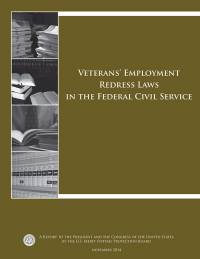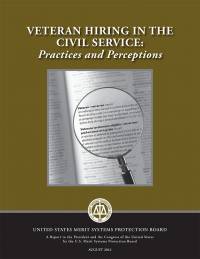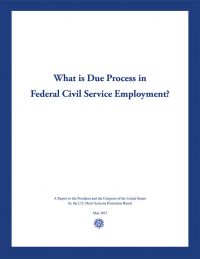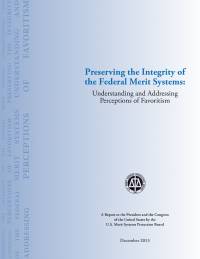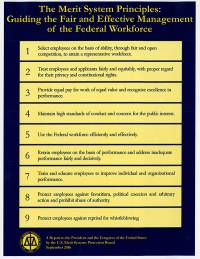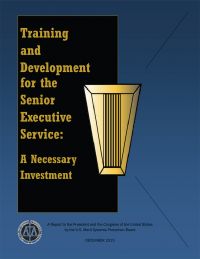
This report explains the statutory and regulatory prohibitions against nepotism in the Federal civil service and steps that agencies and employees can take to protect the service from nepotism. Employees assisting certain relatives to obtain employment or advancement in the civil service is prohibited by a criminal statute, the statute that governs the Federal civil service, and the regulations for ethical conduct by Federal employees. Each of these authorities applies to slightly different but often overlapping behaviors, and the agency that is empowered to address the situation can vary. However, despite the differences in how these authorities operate, they tend to share a common means for avoiding the impropriety.
EXECUTIVE SUMMARY i
The President of the United States ii
Agencies iii
U.S. Office of Personnel Management iii
Employees iv
Applicants iv
INTRODUCTION 1
Purpose 2
Methodology 3
CHAPTER ONE: THE CRIMINAL STATUTE 5
Spouses Under the Criminal Statute 5
Children Under the Criminal Statute 7
Avoiding Violations of the Criminal Statute 8
CHAPTER TWO: NEPOTISM AS AN ADMINISTRATIVE OFFENSE 11
Examples of Nepotism Warranting an Adverse Action 14
Examples Where Nepotism Was Not Found 15
Exercising Poor Judgment 18
Deliberately Helping Someone Else Commit Nepotism 19
Avoiding Nepotism 21
CHAPTER THREE: WHAT AGENCIES CAN DO TO REDUCE THE RISK OF NEPOTISM 27
Identifying a Nepotism Problem 27
Certifications Regarding Relatives 30
Optional Form 306 (Declaration for Federal Employment) 30
Using Certifications to Ensure Appointments Are Not Influenced by Nepotism 33
Education and Guidance 36
Education and Guidance Provided by the Employing Agency 37
Education and Guidance Provided by the U.S. Office of Personnel Management 39
Fair and Open Competition 42
Holding Officials Accountable 44
CONCLUSION 47


